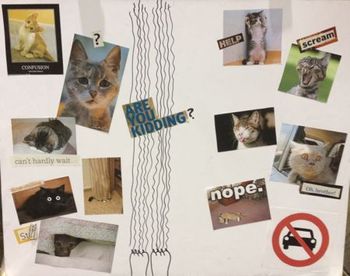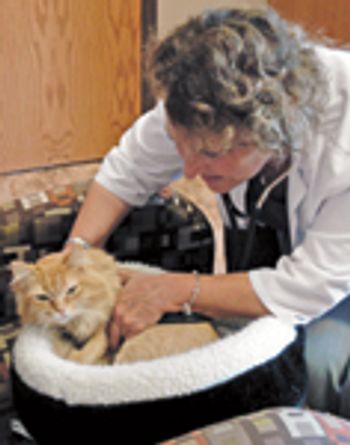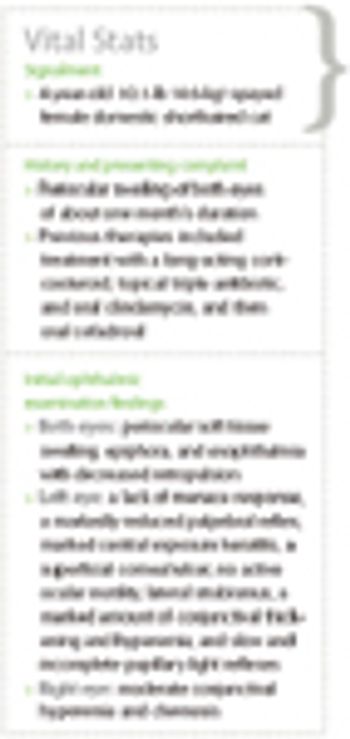
Drs. Cook and Nelson offer an overview of diagnostics, treatment, prognosis and prevention for feline infectious peritonitis.

Drs. Cook and Nelson offer an overview of diagnostics, treatment, prognosis and prevention for feline infectious peritonitis.

Feline experts Drs. Susan Little and Margie Scherk discuss maddening missteps to be sure to avoid in your practice.

Bayer study offers new feline data, tips for veterinary practices and clients.

Clients often think their indoor-only cats don't need regular veterinary visits. Use these tips to explain the importance of preventive care-and start seeing more felines in your practice.

Elanco gains assets used for the production of bovine and feline vaccines.

This review studied the outcome of cats treated with either phenobarbital or a combination of other antiepileptic drugs with respect to the number of seizures per year and quality of life.

Dr. Ian Spiegel provides a thorough rundown on this itchy issue in cats.

The guidelines address the benefits to meeting cats' environmental needs and understanding cats and their species-specific needs.

Veterinarians form foundation, offer alternative to TNR.

Dr. Margie Scherk has some advice on making the pet carrier a more positive experience for cats.

The right-and the wrong-way to use laser pointers to exercise cats.

State of Pet Health Report indicates sterilization plays key role in pet longevity.

Conditions favorable for parasite populations to thrive; year-round preventives urged.

Make sure your team and your clients know the truth when it comes to this deadly but preventable disease in cats.

Partner with pet owners to achieve long-lasting success.

Recall now includes all dry pet foot products and treats with expiration date Mary 24, 2014, or earlier.

This study found that the presence or absence of a heart murmur does not reliably predict cardiac disease in cats.

Particularly in aging cats, weight loss can be the earliest sign of disease, says Susan Little, DVM, DABVP.

Dr. Susan Little, discusses the importance of individualizing cats' nutritional management.

Don't attribute clinical signs in aging cats and dogs to old age alone, says Susan Little, DVM, DABVP.

Why thyroid management in veterinary medicine requires vigilance to avoid new complications.

An ophthalmic examination provides valuable clues for diagnosing an uncommon disorder with mostly nonspecific signs.

Phase 3 of the Bayer Veterinary Care Usage Study focuses on the state of feline healthcare.

A look at the clinical challenges in the diagnosis and treatment of feline mast cell disease and an overview of current treatment options.

CATalyst Council says items such as household plants and human food can be toxic.